Coffee beans suitable for beginners what is the difference between washed coffee beans and sun treated coffee beans
This coffee bean has the feeling of lemon tea! This coffee bean has the feeling of strawberry juice! Many buddies who are just getting started with individual coffee will be amazed by the rich flavor substances in the coffee. The flavor of a coffee bean is inseparable from the quality control of the farmer. In addition to the decision of soil climate and variety in the producing area, the process of getting coffee beans is also very important, which is what we often call coffee treatment.
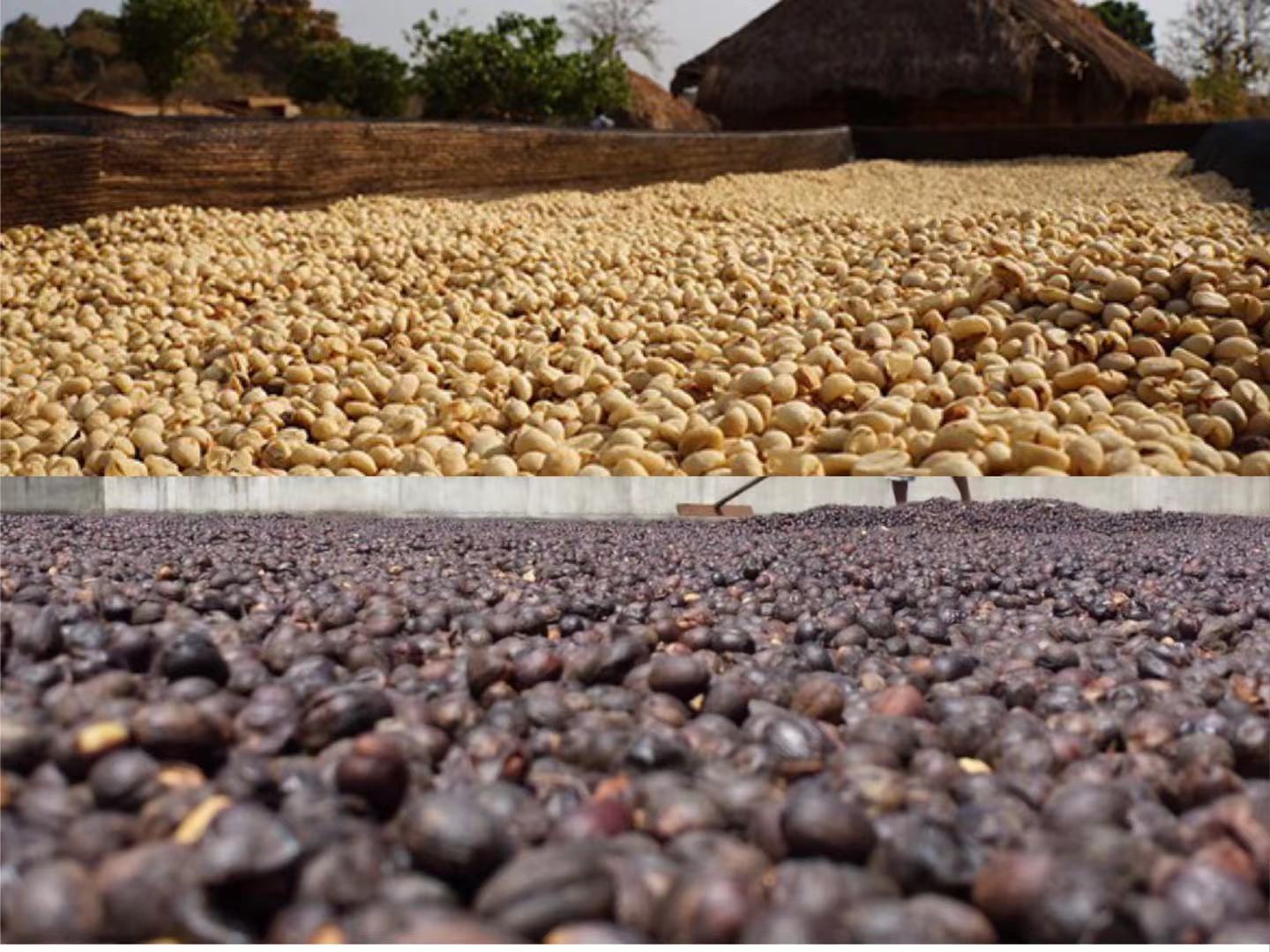
What is coffee processing?
To understand the way coffee is treated, we need to understand the structure of coffee fruit: from outside to inside, coffee fruit is peel, pulp, pectin layer, parchment, silver skin, and finally our coffee beans. Therefore, the purpose of coffee treatment is the process of removing the part of the coffee fruit other than coffee beans and then obtaining coffee beans.
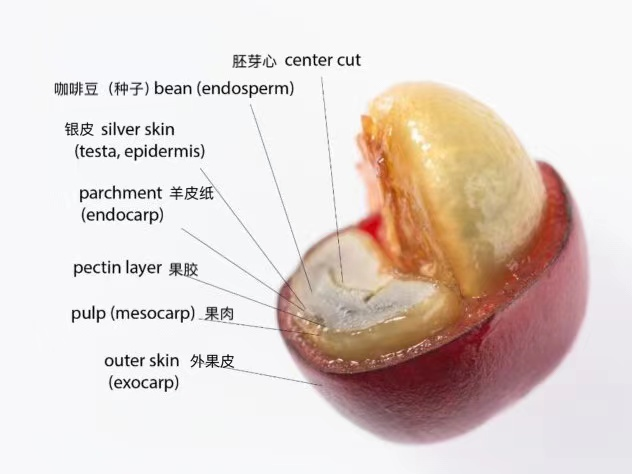
With the increasingly meticulous requirements for the flavor of boutique coffee, many innovative processing methods have been derived in recent years. Behind these innovative treatments, we are most familiar with the sun treatment-washing treatment, which is the most traditional way to handle coffee. What's the difference between the two treatments? How can we make the coffee beans of the two treatments taste better? Next, follow the front street to learn about the characteristics of sun-washing treatment.
Sun treatment
"Solar", as the name implies, is to dry coffee beans through sunshine. As the most primitive method of processing coffee beans, the quality of dried coffee beans was once a pain in the hearts of farmers! Due to the backward equipment, many of the coffee fruits are directly placed on the land (the better conditions are separated by a water cloth). Due to rough conditions and rough treatment, coffee beans absorb the essence of the earth in this way. to form the flavor of the soil. In addition, the sun treatment is very dependent on the weather, once it is cloudy and rainy, the coffee fruit is prone to mildew, and the coffee beans will also form a rotten taste.
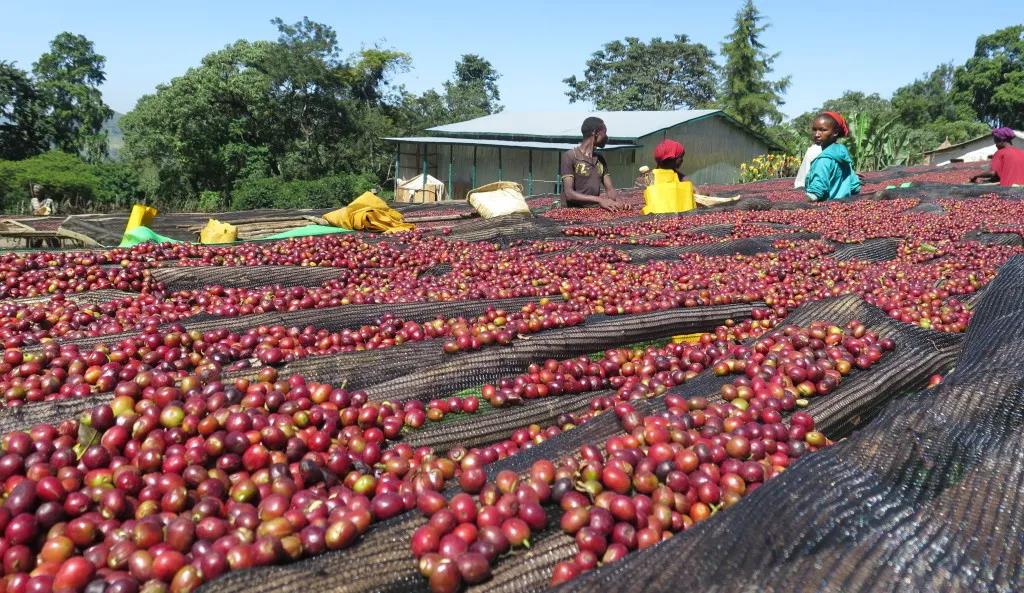
However, as people pay more and more attention to boutique coffee, the sun drying equipment in many producing areas has been upgraded. Sunbeds are built in wealthier places (brackets prop up the net cloth to form a ventilated coffee fruit drying device, also known as the African high bed), and those who are not so rich make a cement floor to reduce the coffee fruit to absorb the taste of the soil. In the drying process also pay attention to turning, so that the coffee fruit can be better evenly dried.
# steps of tanning treatment
The harvested coffee fruit is selected and then placed on the cement floor or on a drying rack for 3-4 weeks to reduce the moisture content of the coffee fruit to 11% (that is, the shell is hard, dark red and black). After drying, the shell is crushed and removed, the coffee beans are stored with parchment, and the parchment is removed before the coffee beans are exported.
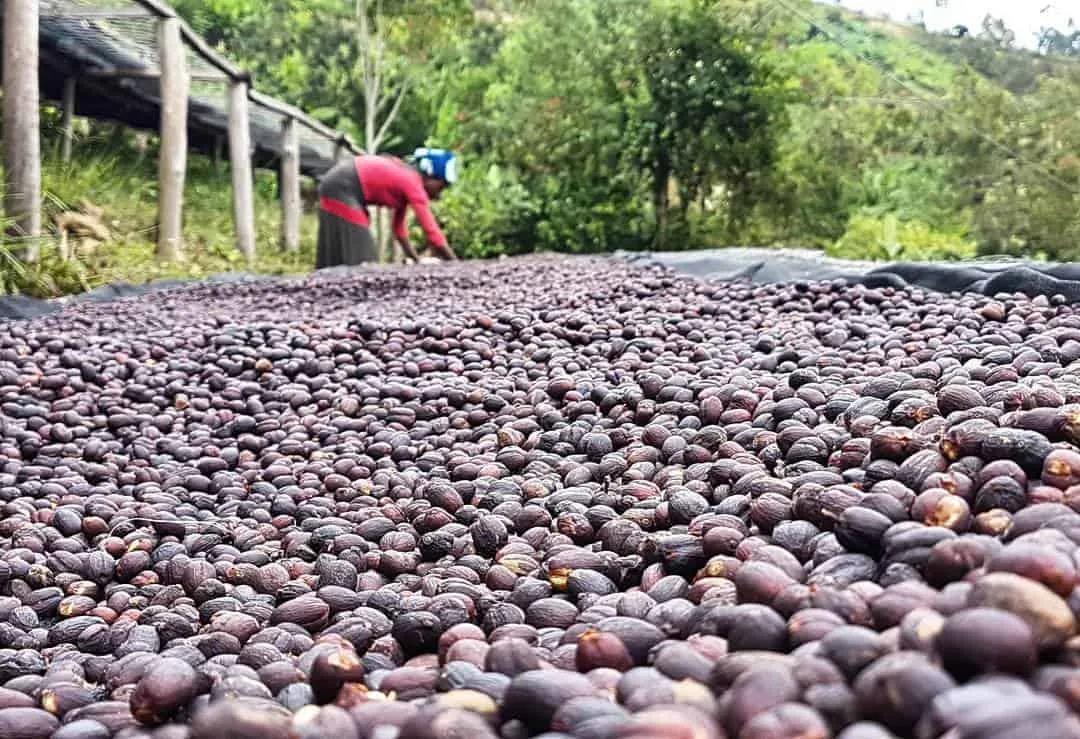
# distinguishing sun-cured coffee beans & flavor and taste characteristics
The raw coffee beans treated by the sun are yellowish green, and the silver skins of the beans are relatively intact. The whole piece of silver skin falls off completely in the baking process, so most of the sun-treated coffee beans do not form white lines in the middle of the seams. Qianjie believes that the biggest flavor characteristics of sun treatment are rich fruit aroma and mild fermentation, obvious sweetness and smooth taste.
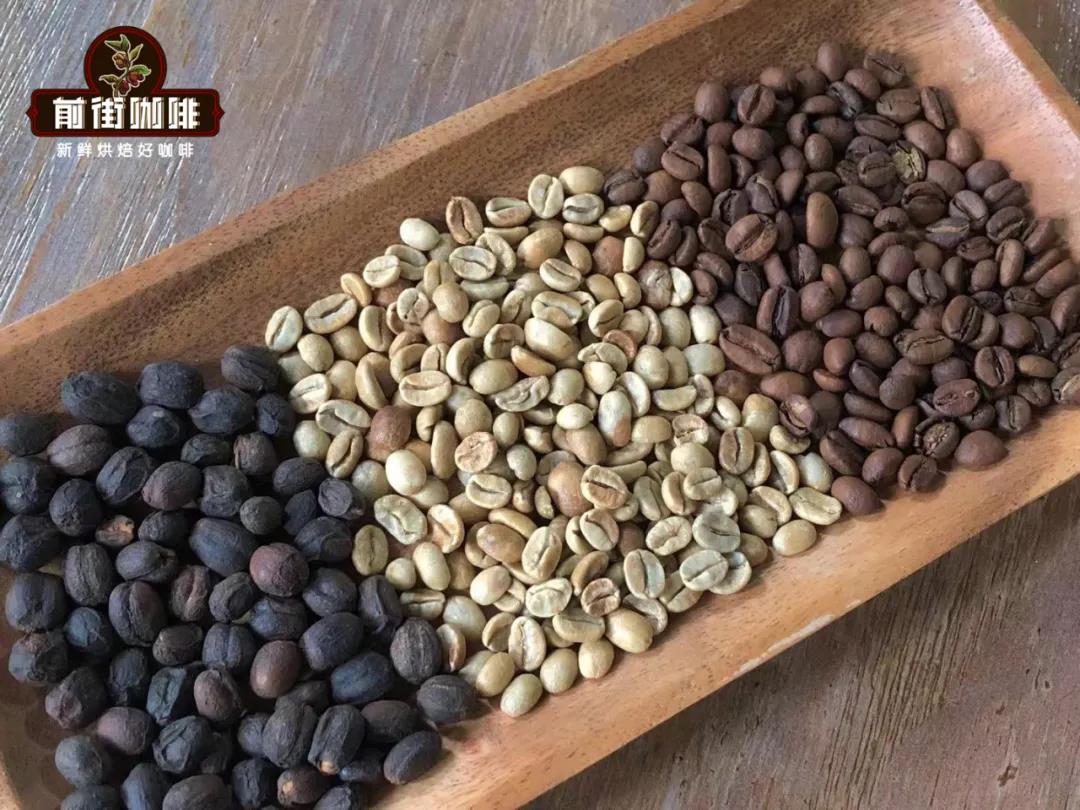
# Tips for making coffee beans in the sun
The above said that the sun-treated coffee beans are rich in flower and fruit aromas and obvious sweetness, but this is not the sweetness of the coffee beans themselves, it belongs to the sweet flavor. Sweet smell such as honey, sugar cane, brown sugar and so on. Therefore, when brewing, the central water injection extraction is used to make the powder layer stably and fully extract the sweet and sour flavor substances at the same temperature, making the coffee fuller as a whole; the brewing water temperature can be 91-92 ℃, which can effectively improve the alcohol thickness of the coffee.
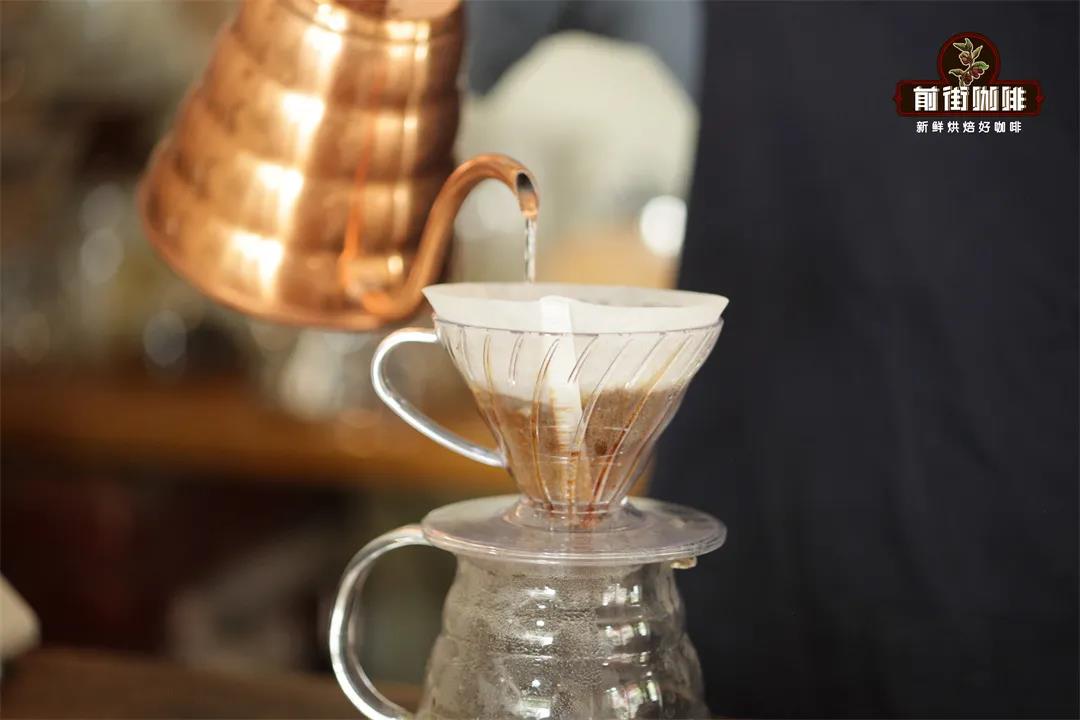
Washing treatment method
Water washing treatment is different from sun treatment, which is of stable quality, so many countries in Central and South America have introduced and built water washing treatment plants to increase production capacity. Before honey treatment prevailed in Costa Rica, washing treatment was more popular. In 1821, Costa Rica introduced water washing treatment in order to vigorously develop the coffee planting industry. Ethiopia, which has always been sun-dried, was also introduced from Central and South America in 1972. This introduction has greatly improved the quality of Ethiopian coffee beans and gained the hearts of a number of enthusiasts.
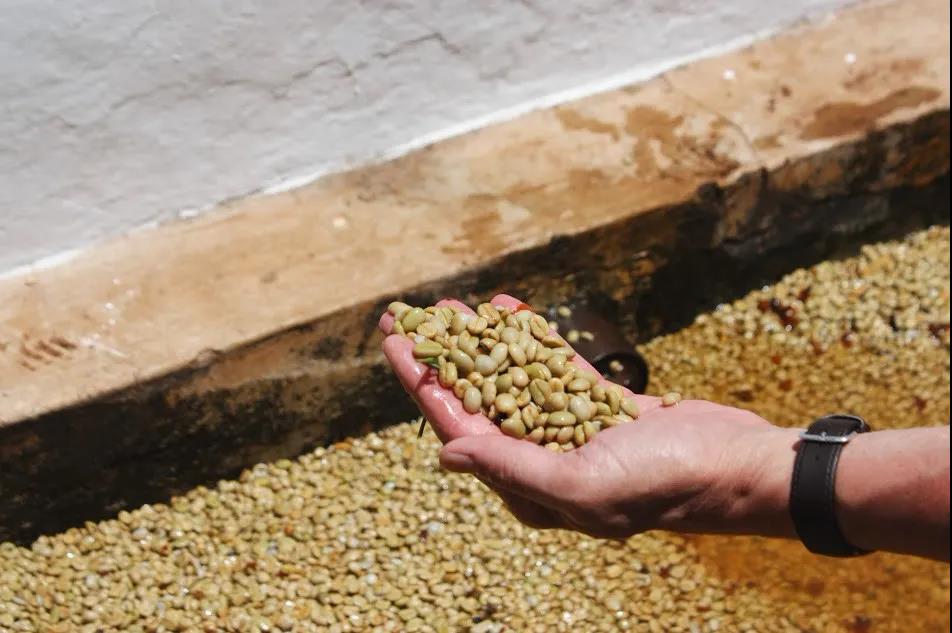
The emergence of washing treatment has indeed greatly improved the quality of beans in many coffee producing areas. Because the peel, pulp and pectin are removed first, the water content of coffee beans has been greatly reduced before the sun, so the drying time will also be greatly shortened, reducing the dependence on the weather. In order to better remove the pectin from the pulp, it needs to be fermented in a clean pool and then washed, so plenty of water is needed. As a result, coffee beans in many producing areas are only sun-treated.
# steps of washing treatment
The harvested coffee fruits were floated first, and the coffee fruits with insufficient density were removed. Then use a machine to remove the peel and pulp, and then put it into a pool for anhydrous or aqueous fermentation, using fermentation to decompose the pectin layer. After fermentation, the coffee beans are washed with clean water to remove pectin. Finally, the coffee beans without pectin layer are sun-dried to reduce the moisture content to between 11% and 13%. Coffee beans are stored with parchment, which is removed before the beans are exported.
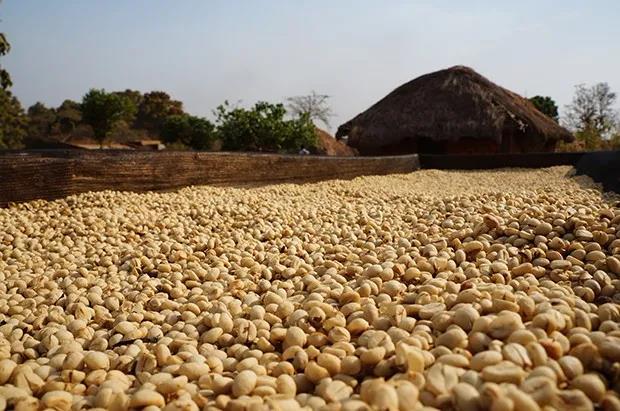
# distinguish washed coffee beans & flavor and taste characteristics
The raw coffee beans treated with water are blue-green, and the silver skins of the beans are not complete. When baking, the silver skin is fragmented and falls off, and the silver skin in the middle of some coffee beans is more difficult to fall off, so a white midline is formed. As the fermentation step of the treatment process will improve the acid quality of coffee beans, Qianjie believes that the biggest flavor feature of water washing treatment is bright acidity, coffee as a whole clean and fresh, rich in layers.
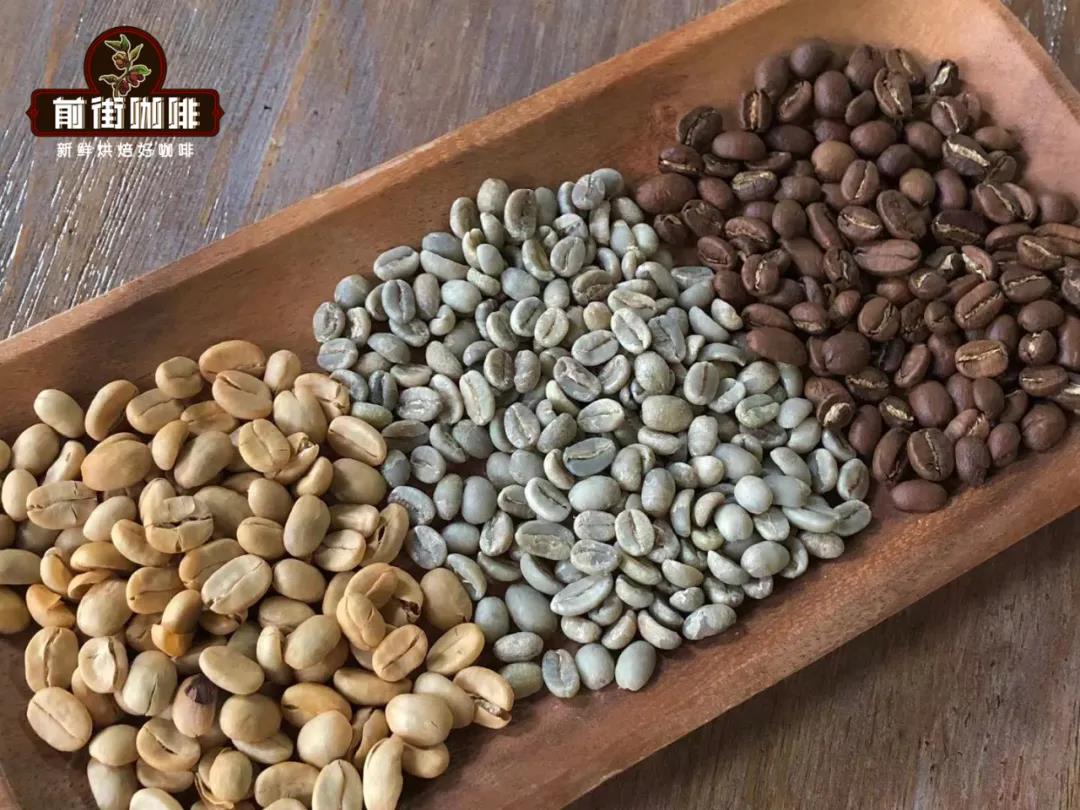
# tips for washing coffee beans
As mentioned above, coffee beans are rich in washing treatment, so three-stage extraction will be used to make different flavor substances show better when the powder layer heats up stage by stage. Brewing water temperature can be 90-91 ℃, to ensure the cleanliness of coffee while better extraction of bright acid.
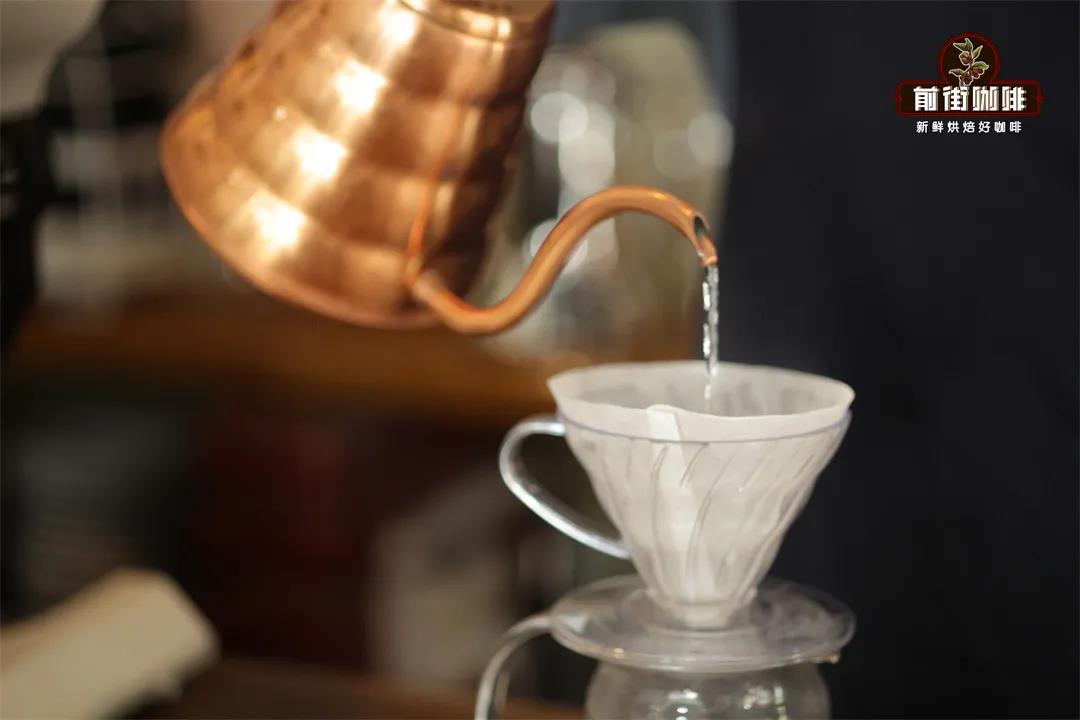
Important Notice :
前街咖啡 FrontStreet Coffee has moved to new addredd:
FrontStreet Coffee Address: 315,Donghua East Road,GuangZhou
Tel:020 38364473
- Prev
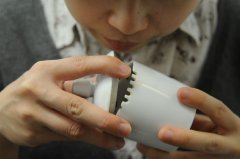
What is the flavor and taste of good black tea? only then do we know that it is a professional word to describe the flavor of black tea.
How to evaluate the quality of tea the sensory evaluation of dry and wet leaves can be collectively referred to as cup testing, that is, the evaluation of tea, that is, the process of comparing tea and determining its characteristics, quality and grade. The aroma, color, taste, appearance and texture of wet leaves were reviewed. 1. The form of aroma evaluation is the aroma released after soaking. The sense of smell needs three.
- Next
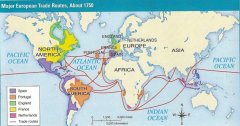
The Historical Story of the Origin of the English name of Black Tea BLACK TEA instead of RED TEA
We usually drink too much tea. Can you tell what is black tea? In the world's understanding, tea is divided into six tea families, while the only ones most familiar with in the West are green tea and black tea. At least 70% of consumers drink black tea, which is closely related to the former sunset empire. In the era of opening up new air routes, the big old capital idea countries are scrambling to seize it all over the world.
Related
- Beginners will see the "Coffee pull flower" guide!
- What is the difference between ice blog purified milk and ordinary milk coffee?
- Why is the Philippines the largest producer of crops in Liberia?
- For coffee extraction, should the fine powder be retained?
- How does extracted espresso fill pressed powder? How much strength does it take to press the powder?
- How to make jasmine cold extract coffee? Is the jasmine + latte good?
- Will this little toy really make the coffee taste better? How does Lily Drip affect coffee extraction?
- Will the action of slapping the filter cup also affect coffee extraction?
- What's the difference between powder-to-water ratio and powder-to-liquid ratio?
- What is the Ethiopian local species? What does it have to do with Heirloom native species?

